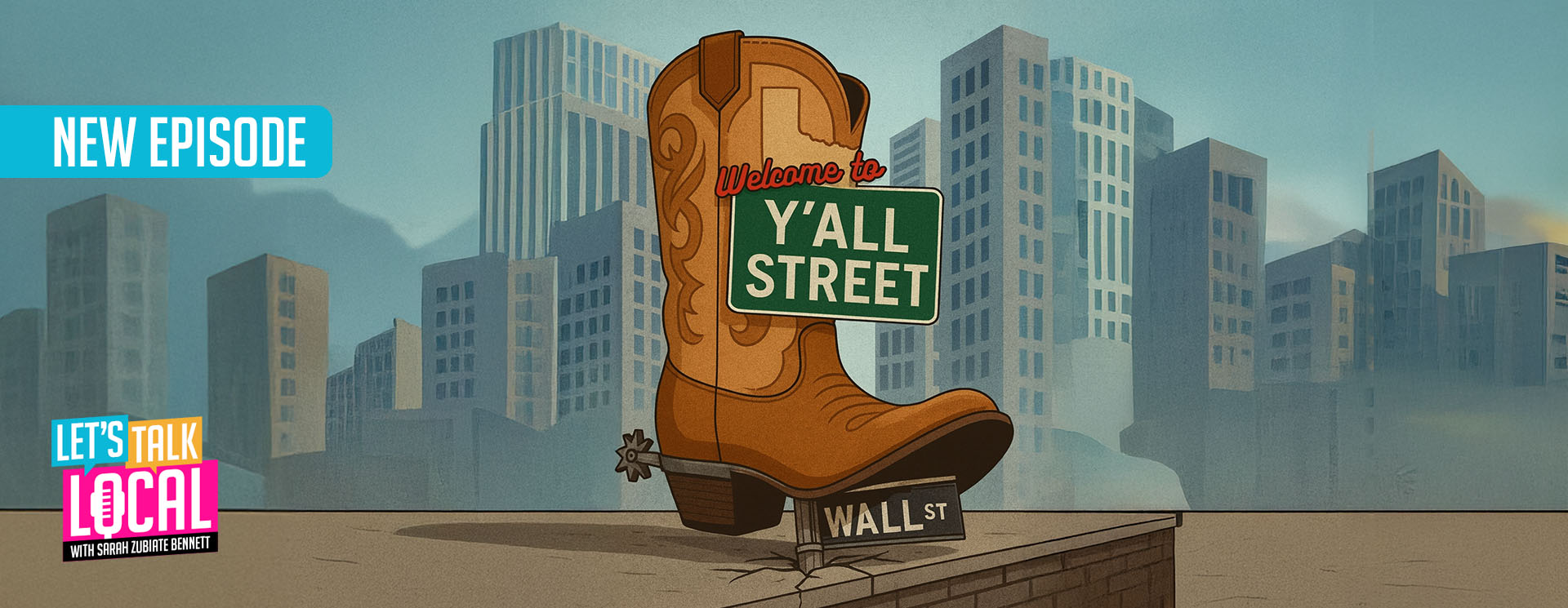Vagrancy and homelessness are ongoing issues in Dallas County, as nearly 4,000 people experience some form of homelessness on any given night, according to the 2022 Point-in-Time Homeless Count from the Metro Dallas Homeless Alliance (MDHA).
MDHA’s most recent State of Homelessness fact sheet reveals that 3,996 people in Dallas County were found to be homeless or vagrant during the 10-day period of the 2022 annual count. Of that number, 1,324 are presumed vagrants or “unsheltered,” meaning they do not seek housing in shelters and instead live on the streets.
They may sleep under bridges, on the side of the road, or in encampments in abandoned parking lots and in wooded areas.
Encampments in parks grew by 30% during the pandemic.
As previously described in an opinion piece in The Dallas Express, some individuals choose to live on the streets with no interest in maintaining a home. This type of homelessness is known as vagrancy.
Research by the National Low Income Housing Coalition (NLIHC) said there is a nationwide shortage of 7 million rental homes for “extremely low-income (ELI) renters,” those who make less than 30% of their area’s median income.
Non-economic factors contribute to homelessness. These include physical or psychological disabilities, medical conditions, drug and alcohol dependence, learning disorders, post-traumatic stress disorder, a history of childhood abuse, and sexual abuse. Many homeless individuals suffer some combination of these.
“Domestic abuse, for example, is the leading cause of homelessness among women,” Lotus reports, adding that “84% of homeless women have experienced severe physical or sexual abuse at some point in their lives.”
KNOW Homelessness reports that 50% of homeless women and children are fleeing domestic violence.
Nationwide, there were about 223,578 homeless women in 2020, according to the U.S. Department of Housing and Urban Development figures provided by Lotus.
A nonprofit to end homelessness found that in certain areas, “men are far more likely to be unsheltered than their female counterparts.” Texas was among the areas listed.
In Dallas County, the number of “chronically homeless“—those homeless for more than a year — rose from 327 in 2021 to 1,029 in 2022. This is in keeping with a national trend; data shows that chronic homelessness has surged by 40% in the U.S. since 2016.
The number of people who “exit homeless services and enter permanent housing” was a mere 20% in 2021.
“More people are becoming homeless every day,” and the numbers are growing, said Wayne Walker, CEO of the faith-based organization OurCalling. “Pre-COVID, we were meeting about 15 new people a week, and now we meet about 90 new people a week.”
The City of Dallas and numerous non-profit organizations are spending money trying various strategies to eliminate homelessness.
“The four main categories for helping those who are homeless is getting people into housing, long-term recovery programs, shelters, or medical facilities,” said Walker.
In an upcoming series of articles, The Dallas Express will delve into how entities are attempting to mitigate homelessness and vagrancy and examine the success and failures of their respective approaches.


